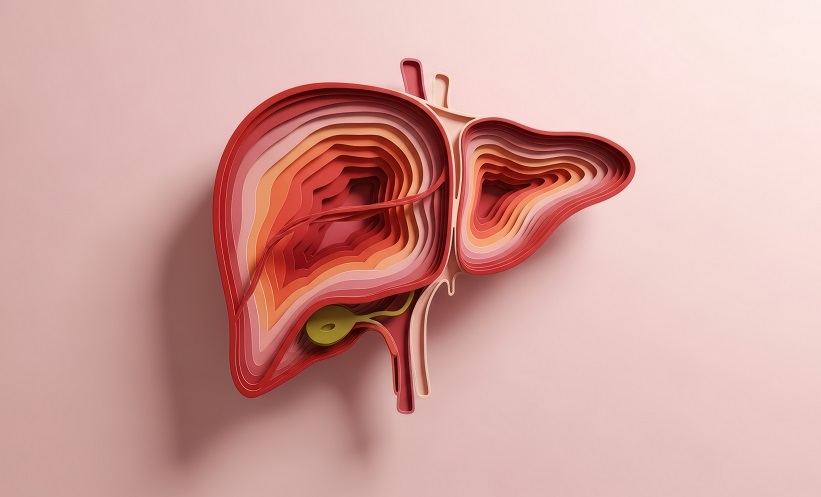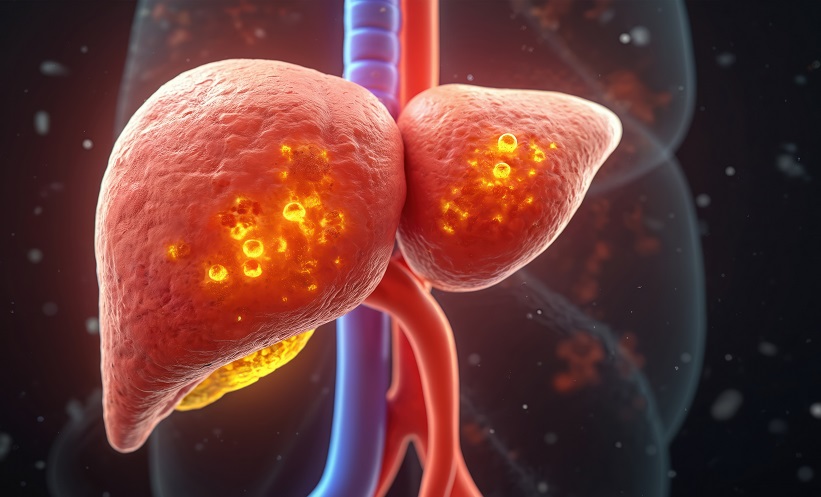Researchers have uncovered a previously unknown mechanism driving the growth and progression of hepatocellular carcinoma (HCC), the most common form of liver cancer. The study identifies tripartite motif-containing protein 56 (TRIM56), an E3 ubiquitin ligase, as a pivotal regulator of the proto-oncogene tyrosine kinase Src, an enzyme long known to contribute to tumorigenesis when abnormally activated.
Although activation of Src has been widely recognized as dependent on intermolecular autophosphorylation, the precise molecular mechanisms behind this process have remained elusive. The new findings fill a critical gap in this understanding, revealing that TRIM56 directly interacts with and modifies Src, thereby promoting its activation and driving liver cancer progression.
TRIM56 Triggers Src Aggregation and Activation
Through molecular and biochemical analyses, the researchers demonstrated that TRIM56 binds directly to the SH3 domain of the Src protein using its own B-box1 domain. This interaction enables TRIM56 to catalyze Lys63-linked polyubiquitination at the Lys184 residue on Src, a specific chemical modification that promotes the aggregation and subsequent activation of the enzyme.
This discovery shows that TRIM56 does more than simply tag proteins for degradation, a common function of ubiquitin ligases. Instead, it facilitates the clustering of Src molecules in a way that enhances their signaling potency. This aggregation-driven activation represents a distinct pathway by which Src can become hyperactive without relying solely on autophosphorylation, providing new insight into HCC tumor biology.
Therapeutic Implications for HCC Treatment
By acting as a potent activator of Src signaling, TRIM56 effectively functions as a tumor promoter in hepatocellular carcinoma. Elevated Src activity has been closely linked to tumor growth, invasion, and metastasis, and these results position TRIM56 as a promising new therapeutic target in efforts to disrupt liver cancer progression.
The study’s authors suggest that therapeutic strategies aimed at blocking the interaction between TRIM56 and Src, or inhibiting TRIM56’s ubiquitin ligase function, could suppress this activation cascade. Such an approach could potentially halt or slow the growth of HCC tumors driven by excessive Src signaling.
Reference
Zhu L et al. The E3 ubiquitin ligase TRIM56 promotes aggregation and activation of Src protein through Lys63-linked polyubiquitination in hepatocellular carcinoma. Cell Death & Disease. 2025;16:731.






